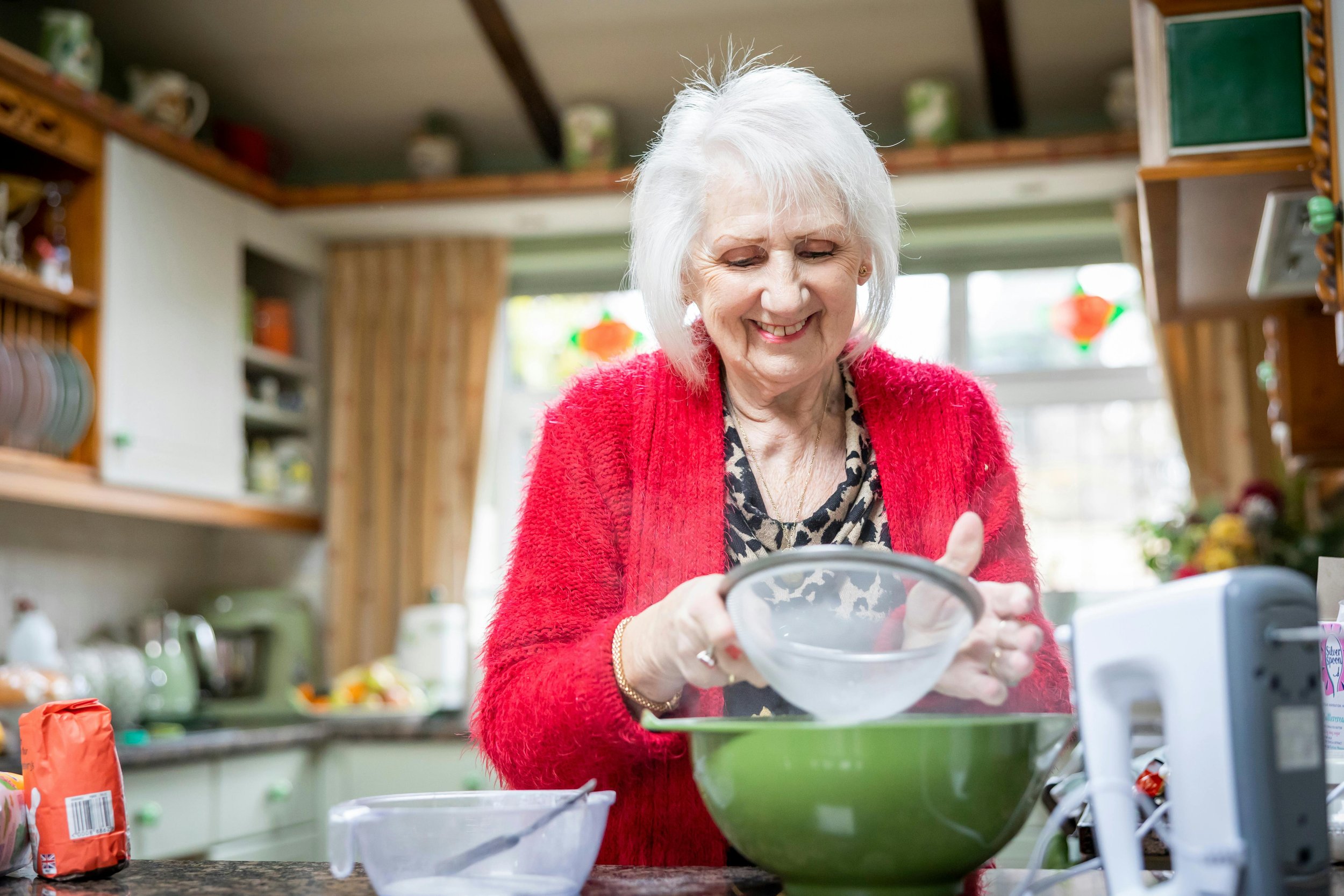
VIVO Hub Work Themes
Work Themes
To meet the aims of the VIVO Hub we define eight interlinked themes:
Theme 1: Technology co-creation (Lead Henderson)
User, clinical, healthcare provider and industry partners will be invited to join the VIVO Co-development Team alongside academics, engineers and scientists to co-develop VIVO assistive technologies for independence.
Theme 2: Smart materials for energy transduction and interfacing (Lead Rossiter):
Current mobility assistance technologies, including simple canes, walkers, exoskeletons, lift-assist chairs, are uncomfortable, expensive, difficult to use, or provide very limited or niche benefits. Building on the Team’s expertise in materials, transduction and biointerfacing, this Theme will develop the fundamental actuator and sensor technologies needed for VIVO assistive devices through the design of smart material systems that move, bend, twist and contract like, and in symbiosis with, biological muscles and tissues
Theme 3: Biomechanics, mechanobiology, analysis and modelling (Lead Buis):
In addition to the user requirements gathered in Theme 1, it is essential to understand the biomechanical challenges and healthcare conditions of the target older and disabled users. This Theme will develop biomechanical models of aging and disability into which models of supportive VIVO technologies can be integrated.
Theme 4: Natural symbiotic control and interfacing (Lead Farina):
This Theme will develop on-body muscle measurement devices and low-level control algorithms to facilitate real-time coupling of artificial muscles developed in Theme 2 with the biomechanical models of frailty and disability developed in Theme 3.
Theme 5: Digital health monitoring, decision making and interventional analysis (Lead de Menezes e Silva Filho):
Health monitoring enables us to understand the changing mobility issues of older and disabled people. This Theme will develop discrete in-house vision, and wearable systems to sense and monitor the physical, and where possible the mental, health of users. By coupling health monitoring with indoor localisation and tracking, our systems will perform high-level control of assistive devices.
Theme 6: Integration – fusing physical and digital health systems (Lead Rossiter):
The VIVO Hub is uniquely placed to combine digital health monitoring and machine learning (Theme 5) with the restoration of mobility through wearable artificial muscles (Theme 2), on-body sensors (Theme 4) and models of mobility challenges (Theme 3). This will, for the first time, deliver a closed loop of monitoring, diagnosis, planning and delivery of intervention.
Theme 7: Testing and Evaluation – lab to home to roam (Lead Cifuentes):
Each stage of technology development will be assessed through a pipeline of testing, evaluation and iterative co-production:
Characterisation of technologies in laboratory settings;
Testing in minimal viable demonstrators (MVD) in the BRL Living Lab and Strathclyde CAREN lab, with volunteers from target user groups;
Evaluation in the instrumented SPHERE house, through single and multi-day mini trials with volunteers living, cooking and sleeping in the house;
First-stage evaluations in peoples’ homes, quantifying the challenge of implementing simple, non-disruptive technologies in homes and integrating them with everyday activities.
Theme 8: Translation and accelerated impact (Lead Harris):
Key to enabling VIVO technology impact is our training programme (with partner NMIS) for ECRs and rising stars, creating awareness, and helping navigate the pathway, of PPIE, evidence gathering, regulatory approval, clinical trials, commercialisation and ultimate adoption by the NHS and care services.
